What is an Aromatherapy Diffuser
Looking to bring the benefits of aromatherapy into your home or workspace?
Aromatherapy diffusers are a popular way to enjoy the therapeutic effects of essential oils.
In this guide, we explore the different types of aromatherapy diffusers, how they work, and the benefits they offer.
We also discuss the best essential oils to use in a diffuser, how to use one safely, and tips for choosing the right diffuser for your needs.
Let’s dive in and discover the world of aromatherapy!
Key Takeaways:
What Is Aromatherapy?
Aromatherapy is a holistic healing treatment that uses natural plant extracts, known as essential oils, to promote health and well-being. These essential oils are extracted from various parts of plants and used to improve the physical, emotional, and mental health of individuals.
Aromatherapy dates back to ancient civilizations like Egypt, where aromatic plants were used for rituals, medicine, and embalming. The term ‘aromatherapy’ was coined by French chemist Rene-Maurice Gattefosse in the 1920s, who discovered the healing properties of lavender oil after a burn incident.
Modern aromatherapy blends ancient wisdom with scientific research to create a holistic approach to healing. Different essential oils are believed to have unique therapeutic properties that can address a variety of issues, from stress relief to pain management. Aromatherapy is commonly used in massage therapy, diffusers, and even in skincare products, leveraging the capabilities of nature for overall well-being.
What Is an Aromatherapy Diffuser?
An aromatherapy diffuser is a device that disperses essential oils into the air, allowing their natural scents and therapeutic benefits to be inhaled. These diffusers come in various types, such as ultrasonic diffusers, heat diffusers, and nebulizers, each functioning differently to disperse the oils effectively.
Ultrasonic diffusers use water and ultrasonic waves to break down the essential oils into a fine mist, while heat diffusers utilize heat to evaporate the oils. Nebulizers, on the other hand, disperse undiluted oils using pressurized air. This variety in diffuser types allows users to choose the method that best suits their preferences and needs.
Aromatherapy diffusers not only enhance the ambiance of a space with pleasant scents but also have the potential to improve air quality by purifying and humidifying the air. The dispersion of essential oils through diffusers can help alleviate stress, promote relaxation, and even boost concentration and energy levels, making them a popular choice for wellness enthusiasts and those seeking natural remedies.
Types of Aromatherapy Diffusers
There are several types of aromatherapy diffusers available, including ultrasonic diffusers, heat diffusers, evaporative diffusers, and nebulizers. Each type operates using different methods, such as heat, vibrations, or electricity, to disperse the scent of essential oils into the air.
How Aromatherapy Diffuser Works use water and ultrasonic vibrations to create a fine mist that carries the essential oil particles into the air. They are popular for their ability to maintain the integrity of the oils and for adding humidity to the room.
Aromatherapy Inhaler rely on heat to evaporate the oils, which can alter their chemical composition. They are simple to use but may not be suitable for all oils due to the heat.
Evaporative diffusers use a fan to blow air through a pad or filter containing the essential oil, allowing it to evaporate into the room. They are easy to operate and are suitable for smaller spaces. Learn more about the best aromatherapy diffusers.
Nebulizers break down the oils into tiny particles without the use of heat or water, providing a strong concentration of the oils in the air. They are highly effective in dispersing oils quickly but can be noisy and may require more oil compared to other types.
How Does an Aromatherapy Diffuser Work?
An aromatherapy diffuser works by breaking down essential oils into tiny molecules and dispersing them into the air as a fine mist. The process varies based on the type of diffuser used, whether it relies on heat, ultrasonic vibrations, or nebulizing methods to release the therapeutic benefits of the oils.
Heat-based diffusers use heat to gently warm the oils, causing them to evaporate and release their aromas.
Ultrasonic diffusers, on the other hand, use vibrations to create a fine mist without heating the oils, preserving their properties.
Nebulizing diffusers break down oils into a concentrated mist without dilution, ensuring a potent release.
Regardless of the method, these diffusers help purify the air, reduce microbes, and create a soothing ambiance conducive to relaxation.
Benefits of Using an Aromatherapy Diffuser
Using an aromatherapy diffuser offers numerous benefits, such as improving air quality, promoting relaxation, and enhancing mood through the inhalation of soothing scents. The diffusion of essential oils can also have a positive effect on respiratory health by clearing airways and reducing congestion.
The aromatherapy diffuser serves as a holistic approach to well-being, influencing both psychological and physical health positively. The calming aroma not only relaxes the mind but can also assist in reducing stress levels and anxiety. In addition, certain essential oils possess antimicrobial properties that can purify the air, creating a healthier environment to breathe in.
With regular use, individuals may notice improvements in their sleep patterns, as essential oils like lavender or chamomile help induce a sense of tranquility, leading to a more restful night s sleep. The customizable nature of aromatherapy diffusers allows users to tailor their experience based on personal preferences, whether they seek a boost in energy or relief from headaches.
What Essential Oils Can Be Used in an Aromatherapy Diffuser?
A variety of essential oils can be used in an aromatherapy diffuser, each offering unique therapeutic benefits. Popular choices for aromatherapy include Eucalyptus, Peppermint, Lavender, Lemon, Frankincense, Citronella, Rosemary, and Thyme, among others.
Each essential oil brings its own set of properties to the table. Eucalyptus, known for its refreshing scent, is often used for respiratory support and easing congestion. Peppermint, with its invigorating aroma, can help with mental clarity and headaches. Lavender, a classic favorite, promotes relaxation and stress relief, making it perfect for winding down after a long day.
On the other hand, Lemon offers a bright and uplifting scent that can boost mood and energy levels. Frankincense, a deeply grounding oil, is often used in meditation practices for its calming effects. Citronella, with its mosquito-repellent properties, is great for outdoor use. Rosemary, known for its herbal aroma, can enhance focus and memory.
Thyme, with its warm and herbaceous scent, is believed to have antibacterial properties and can support the immune system. When choosing essential oils for aromatherapy, it’s essential to consider your specific needs and desired effects to create a personalized aromatic experience that caters to both your mental and physical well-being. Remember to always follow safety guidelines and dilution recommendations when using essential oils in diffusers.
Popular Essential Oils for Aromatherapy
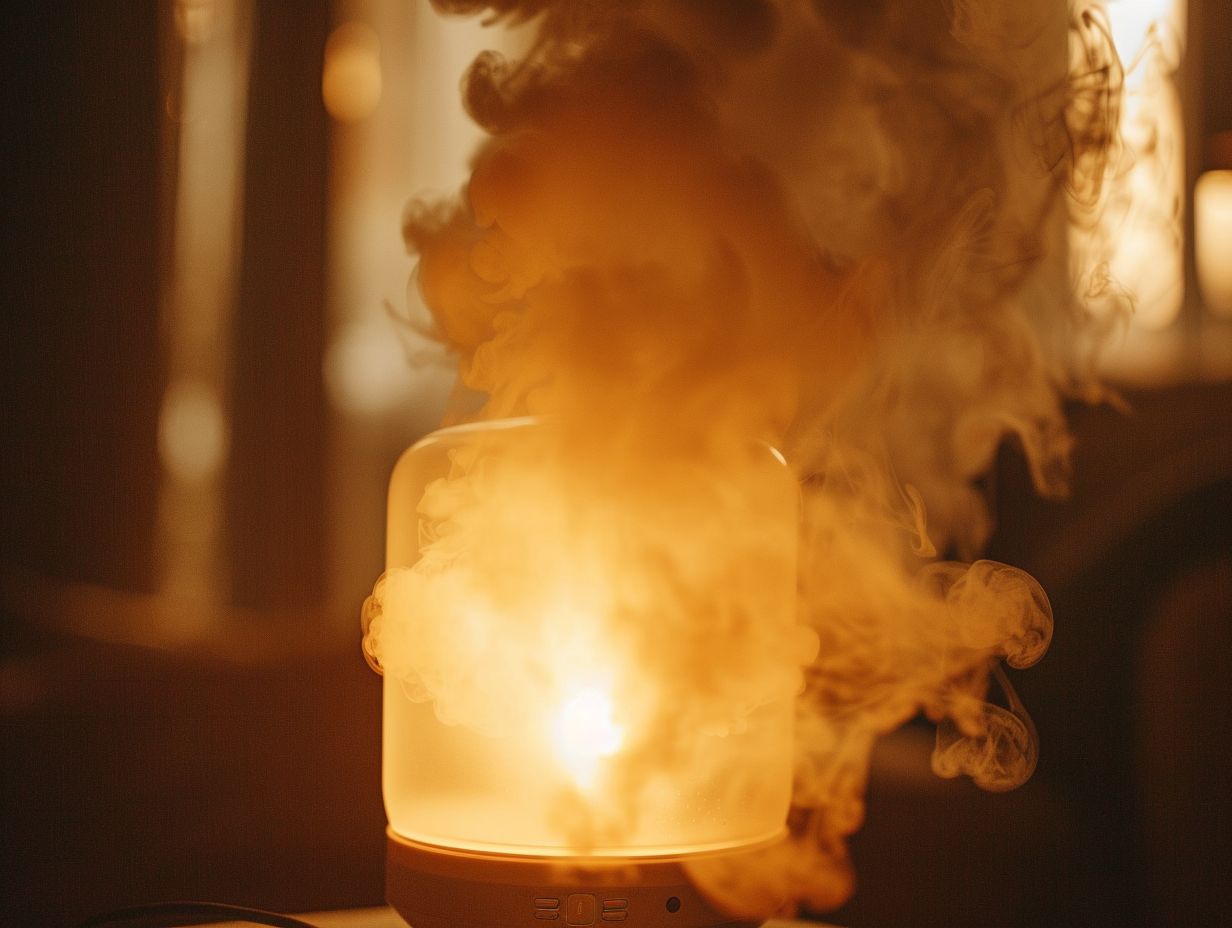
Some popular essential oils commonly used in aromatherapy include Eucalyptus, Peppermint, Lavender, Lemon, Frankincense, Citronella, Rosemary, and Thyme. Each of these oils offers unique therapeutic benefits and scents that can enhance relaxation and well-being.
For instance, Eucalyptus oil is renowned for its respiratory benefits, making it a go-to choice for relieving congestion and promoting clear breathing. Peppermint oil, on the other hand, is known for its cooling sensation that can alleviate headaches and improve focus. Lavender oil, with its calming aroma, is often used to promote relaxation and improve sleep quality, while Lemon oil is valued for its uplifting scent that can boost mood and energy levels.
Choosing the Right Essential Oils for Your Needs
Selecting the right essential oils for your needs involves considering factors such as desired therapeutic effects, personal preferences for scents, and any specific health concerns. Understanding the properties of each oil can help in choosing the most suitable options for your wellness goals.
When looking to select essential oils, think about the scents that bring you joy and relaxation. For instance, if you enjoy soothing scents, consider lavender or chamomile oils. On the other hand, if you prefer invigorating scents, oils like peppermint or eucalyptus might be more suitable. It’s also essential to consider your health requirements; for example, if you have trouble sleeping, oils like cedarwood or bergamot can promote relaxation. Another key aspect is the intended benefits you seek, like stress relief, skin rejuvenation, or immune system support. Match your preferences with the properties of various oils to create a personalized aromatherapy experience.
How to Use an Aromatherapy Diffuser
Using an aromatherapy diffuser involves simple steps to prepare, add essential oils, and adjust settings to create a personalized aromatherapy experience. Proper usage of the diffuser ensures effective dispersion of scents and therapeutic benefits.
Once you’ve set up your aromatherapy diffuser by filling it with water according to the manufacturer’s instructions, it’s time to choose your essential oils. Selecting the right essential oils is crucial and depends on your preferences and intended benefits. You can choose relaxing lavender for bedtime or invigorating peppermint for a burst of energy.
After selecting your oils, add a few drops (usually 3-5 drops per 100ml of water) to the diffuser’s water tank. Remember not to exceed the recommended amount, as using too much oil can be overpowering.
Preparing the Diffuser
Preparing the aromatherapy diffuser involves cleaning the device, adding water to the reservoir, and ensuring a stable surface for operation. This step sets the foundation for a successful diffusion process when the essential oils are added.
It is crucial to ensure that the water level in the diffuser does not exceed the maximum capacity, as this can affect the diffusion process and the longevity of the device. Additionally, cleaning the diffuser regularly is essential to prevent the build-up of mold, bacteria, and residue that can impact the quality of the essential oils and the functioning of the device. Taking care to use distilled water can also minimize mineral deposits and keep the diffuser in optimal condition for longer periods.
Adding Essential Oils
Adding essential oils to the aromatherapy diffuser is a crucial step in creating the desired ambiance and reaping the therapeutic benefits of aromatherapy. Understanding the proper dilution ratios and selecting the right oils for the desired effects are essential for optimal diffusion.
When adding essential oils to your diffuser, it’s vital to measure the quantities accurately to ensure a balanced blend. Most diffusers require a few drops of oil, usually between 3 to 10 drops depending on the size of your diffuser. A general rule of thumb is to start with a conservative amount and adjust based on your preference for scent intensity.
To achieve specific therapeutic benefits or fragrances, consider blending different oils. Blending oils can create synergistic effects, enhancing the overall experience. For example, combining lavender and peppermint can promote relaxation and mental clarity.
Proper storage is also crucial to maintain the integrity of the oils. Store them in dark, glass bottles away from direct sunlight and heat to prevent degradation. When handling the oils, ensure the caps are tightly closed to prevent evaporation and contamination.
Adjusting Settings
Once the essential oils are added to the diffuser, adjusting the settings to control the diffusion rate and intensity of the scent is vital for creating a comfortable and enjoyable aromatherapy experience. Understanding the various settings on the diffuser ensures optimal diffusion and user satisfaction.
Most aromatherapy diffusers offer multiple settings that allow you to personalize your aromatherapy experience to suit your preferences and needs. Some common settings include timer options, mist intensity levels, and LED light controls.
For those seeking a subtle, continuous diffusion, setting the diffuser on a low mist output with a longer timer can create a gentle and consistent aroma in the room. Whereas, for a more invigorating burst of fragrance, opting for a higher mist intensity for shorter intervals can provide a stronger scent impact.
Safety Precautions When Using an Aromatherapy Diffuser
Ensuring safety when using an aromatherapy diffuser is essential to prevent potential risks and maximize the benefits of essential oils. Diluting essential oils, using caution with certain oils, and maintaining proper cleaning practices are crucial safety measures to follow.
Proper dilution of essential oils before placing them in the diffuser can help prevent skin irritation or adverse reactions.
- It is recommended to use a carrier oil to dilute essential oils, especially potent ones like peppermint or cinnamon.
- Dilution ratios may vary depending on the oil and individual sensitivity, so always refer to a reliable source for guidance.
In addition, adequate ventilation in the room where the diffuser is operating is important to avoid inhaling concentrated vapors and ensure a proper diffusion of the oils.
Some oils can be harmful to pets or individuals with certain medical conditions, so caution and research are necessary before diffusing any new oil.
Practicing responsible usage, such as keeping the diffuser out of reach of children, using it in a safe location away from hazards, and following manufacturer’s instructions, are key components of using aromatherapy diffusers safely.
Diluting Essential Oils
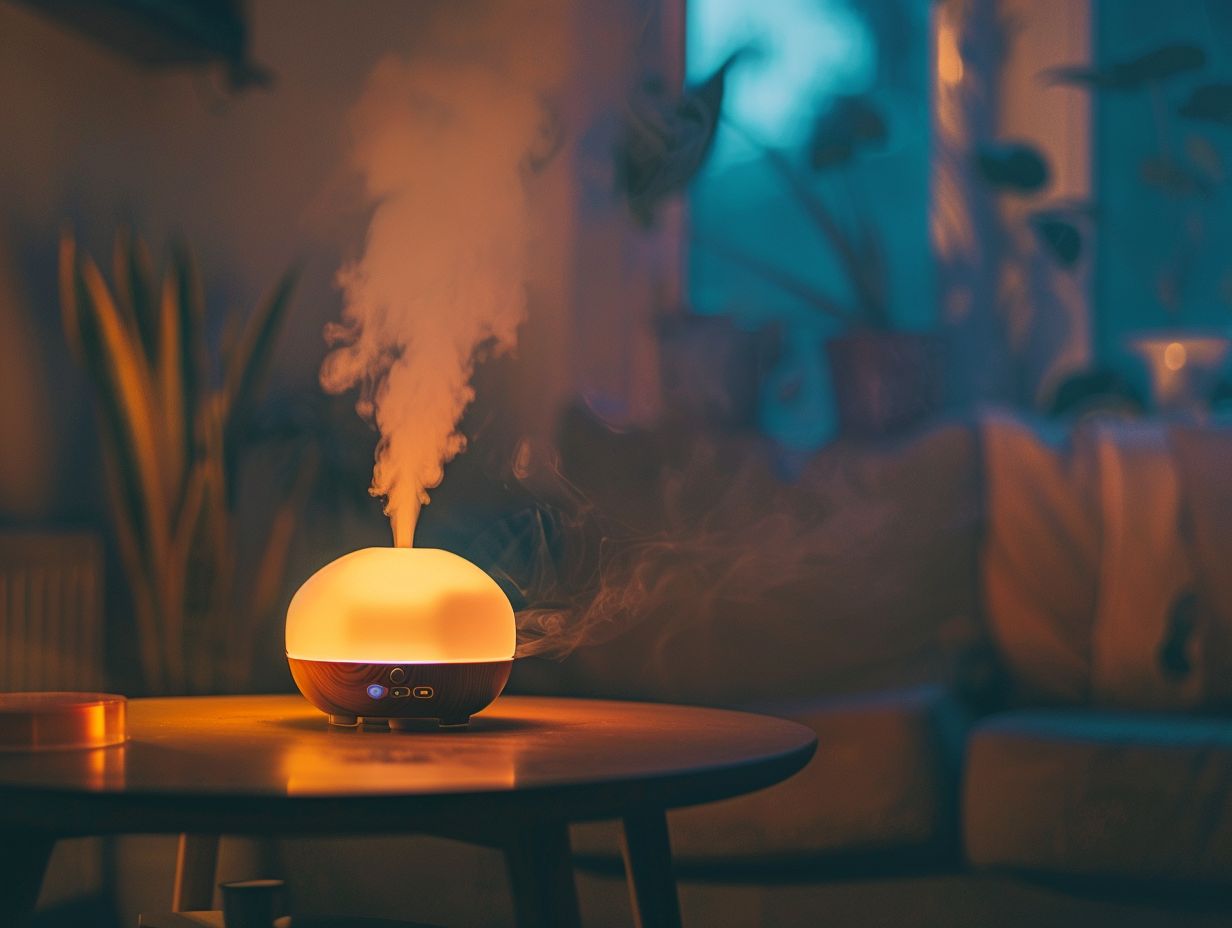
Dilution also helps to maximize the benefits of essential oils by ensuring that their potent properties are delivered in a gentle and balanced manner. This process not only enhances the overall aromatic experience but also promotes better absorption and utilization of the oil’s therapeutic properties.
When diluting essential oils for diffusers, it is recommended to use a carrier oil such as jojoba, almond, or coconut oil. These carrier oils not only help in dispersing the essential oil evenly but also provide added nourishment to the skin and respiratory system.
Using Caution with Certain Essential Oils
Certain essential oils, such as citrus oils or those with phototoxic properties, require caution when used in aromatherapy diffusers due to their potential to cause skin sensitivity or allergic reactions. Understanding the specific risks associated with each oil is essential for safe diffusion.
Identifying oils like bergamot, grapefruit, or lemon, which fall under the category of citrus oils, is crucial as they can increase the skin’s sensitivity to sunlight. These oils contain compounds that react with UV light, potentially causing skin irritation or burns if not used appropriately. It’s important to dilute them properly before diffusion, and avoid direct sunlight exposure after application.
Similarly, oils like cinnamon, clove, or oregano are known for their irritant properties and can cause skin reactions if not diluted adequately. When diffusing such oils, it’s recommended to use lower concentrations and mix them with milder oils to reduce the risk of adverse effects.
By being mindful of these factors and following proper guidelines on dosage and usage, individuals can continue to benefit from the therapeutic effects of essential oils while minimizing any potential risks.
Proper Maintenance and Cleaning
Maintaining and cleaning an aromatherapy diffuser regularly is essential for optimal performance and longevity. Proper maintenance includes emptying and wiping the device, descaling when necessary, and ensuring all components are in good working condition.
In terms of cleaning an aromatherapy diffuser, it is crucial to follow the manufacturer’s guidelines to avoid damaging the device. One common method is to fill the reservoir with a mixture of water and vinegar, allowing it to sit for about an hour to break down any residue. Remember to unplug the diffuser before cleaning to prevent any accidents.
For diffusers with intricate designs or hard-to-reach areas, using cotton swabs or small brushes can help dislodge stubborn buildup. Regularly changing the water and essential oil blend can also prevent mold growth and ensure a pleasant aromatic experience.
Choosing the Right Aromatherapy Diffuser for Your Needs
Selecting the appropriate aromatherapy diffuser involves considering factors such as room size, preferred diffusion method, and budget constraints.
Room compatibility is a key aspect to contemplate when choosing the perfect diffuser. For instance, ultrasonic diffusers are suitable for small to medium-sized rooms, while nebulizing diffusers work well in larger spaces due to their powerful output.
In terms of diffusion mechanisms, ultrasonic diffusers use water to disperse essential oils into the air as a cool mist. On the other hand, buy an aromatherapy diffuser that directly atomize pure essential oils, offering a more potent aroma.
Additional features like timer settings, light options, and auto shut-off functions can enhance the overall aromatherapy experience. By comparing and contrasting these aspects, individuals can make an informed decision tailored to their specific preferences.
Consider the Size of the Room
When choosing an aromatherapy diffuser, consider the size of the room where it will be used to ensure optimal diffusion and coverage of essential oils. Larger rooms may require diffusers with higher capacity or extended runtime to effectively disperse scents.
Room size plays a crucial role in the effectiveness of an aromatherapy diffuser. The square footage of the room will determine how well the essential oils disperse and reach different corners. For larger spaces, such as living rooms or open concept areas, it is recommended to opt for a diffuser with a larger reservoir to accommodate the higher air volume. Ventilation in the room can impact how quickly the scents spread. Rooms with poor ventilation might benefit from diffusers with stronger output to compensate for the lack of airflow.
Types of Diffusers Available
Aromatherapy diffusers come in various types, such as ultrasonic diffusers, heat diffusers, evaporative diffusers, and nebulizers, each offering unique benefits and diffusion methods. Understanding the differences between these types can help in choosing the most suitable diffuser for specific needs.
Ultrasonic diffusers operate by combining water and essential oils to create a fine mist through ultrasonic vibrations, maintaining the oils’ integrity and dispersing them effectively. On the other hand, heat diffusers use heat to vaporize the oils, which may alter their therapeutic properties. Evaporative diffusers work by diffusing oils through evaporation, but they may not provide long-lasting scent. Nebulizers disperse undiluted essential oils in concentrated form, offering potent effects but consuming oils quickly. Each type has its advantages and drawbacks, so considering factors like ease of maintenance, diffusion coverage, and intensity of aroma can guide your choice.
Budget and Features
When selecting an aromatherapy diffuser, consider your budget constraints and desired features, such as timer settings, lighting options, or auto shut-off functions. Balancing cost with functionality can help in choosing a diffuser that meets both your aromatherapy needs and personal preferences.
One key aspect to keep in mind when shopping for an aromatherapy diffuser is affordability. There are various diffusers available on the market, ranging from budget-friendly options to more high-end models. It’s essential to determine how much you are willing to invest in a diffuser without compromising on quality.
Along with cost, durability is another crucial factor to consider. Look for diffusers made from high-quality materials that are built to last, ensuring longevity and value for your money. A durable diffuser will withstand regular use without the risk of breaking or malfunctioning.
Focusing on user-friendly features can enhance your overall experience with the diffuser. Consider amenities like easy-to-use controls, intuitive settings, and maintenance requirements. Opting for a diffuser with user-friendly design can simplify operation and upkeep, making it a practical choice for everyday use.
Frequently Asked Questions
What is an Aromatherapy Diffuser?
An aromatherapy diffuser is a device that disperses essential oils into the air to create a fragrant and therapeutic atmosphere.
How does an Aromatherapy Diffuser work?
Most aromatherapy diffusers use a combination of water and ultrasonic vibrations to disperse the essential oils into the air as a fine mist. Others may use heat or a fan to diffuse the oils.
What are the benefits of using an Aromatherapy Diffuser?
Using an aromatherapy diffuser can promote relaxation, improve mood, purify the air, and provide various health benefits through the inhalation of essential oils.
What types of essential oils can be used in an Aromatherapy Diffuser?
Most essential oils can be used in an aromatherapy diffuser, but it is important to check the manufacturer’s instructions to ensure that the oils are suitable for use in the specific diffuser.
How do I clean and maintain my Aromatherapy Diffuser?
To clean an aromatherapy diffuser, simply follow the manufacturer’s instructions. Generally, it involves wiping down the diffuser with a damp cloth and using a small brush to clean the water tank. It is also important to regularly empty and refill the water tank to prevent buildup and ensure the diffuser continues to work effectively.
Are there any safety precautions I should take when using an Aromatherapy Diffuser?
Yes, it is important to follow the manufacturer’s instructions and use essential oils as directed. Some diffusers may have specific safety precautions, such as using only distilled water or avoiding certain oils. It is also important to keep the diffuser out of reach of children and pets, and to avoid diffusing oils for extended periods of time.

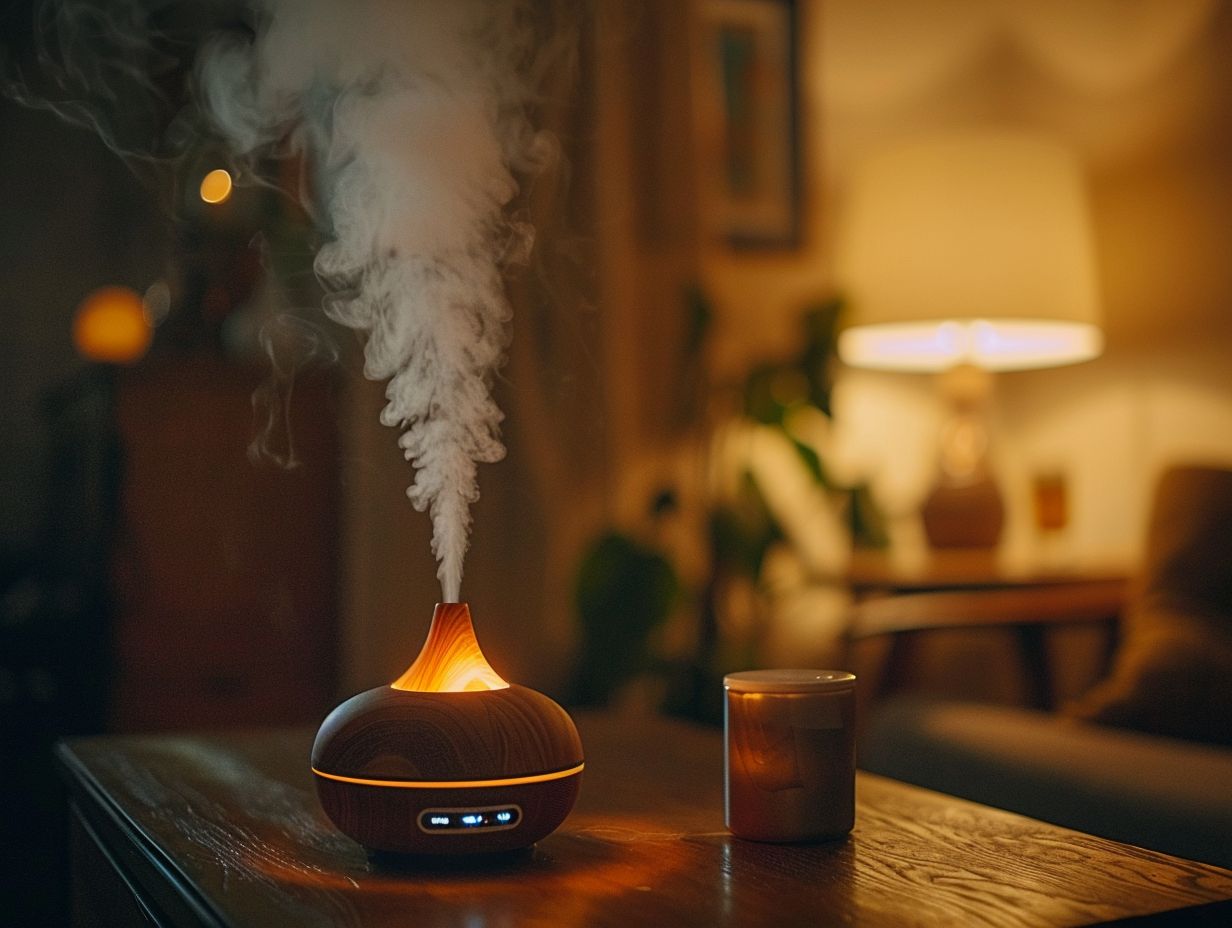
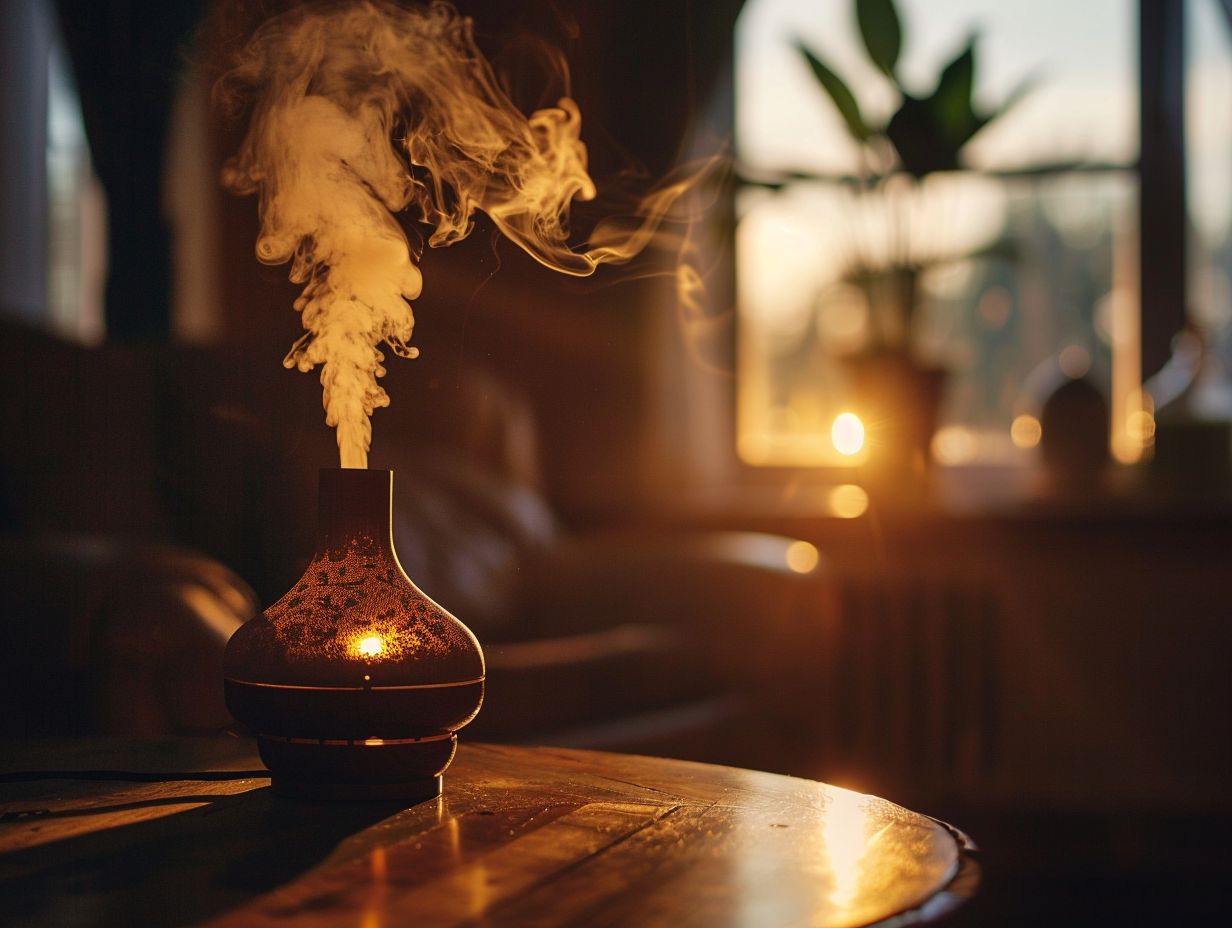

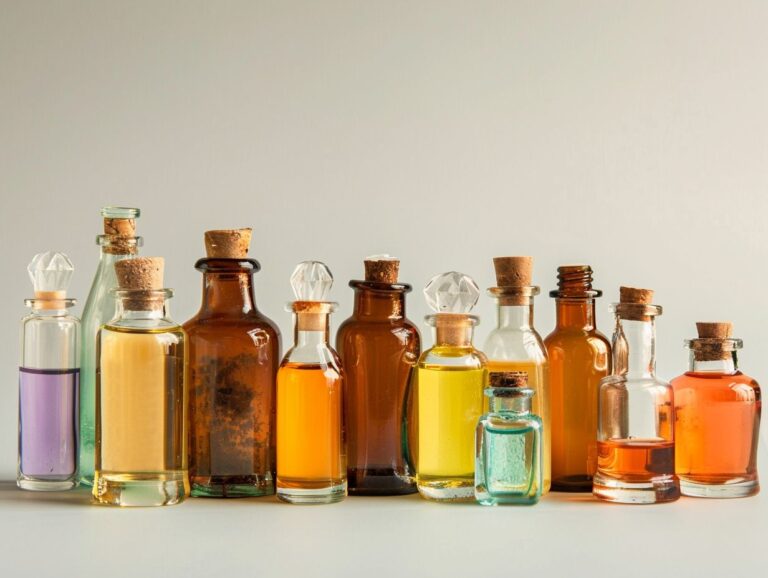

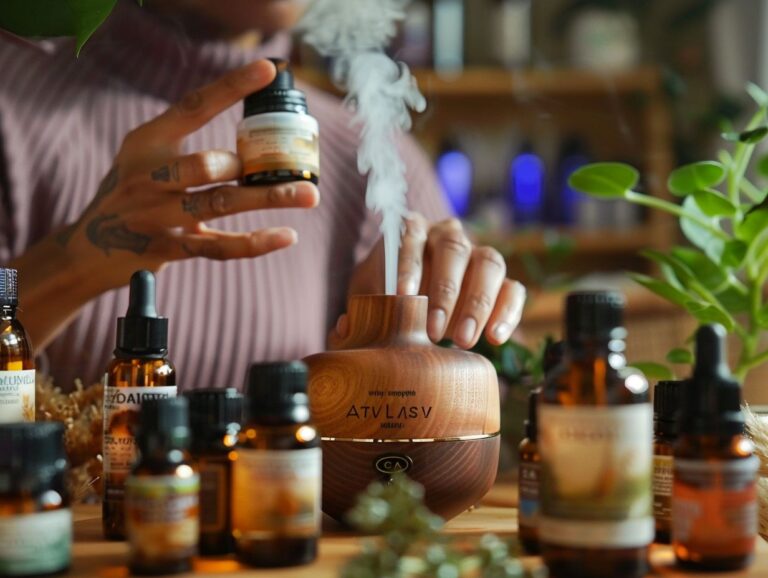
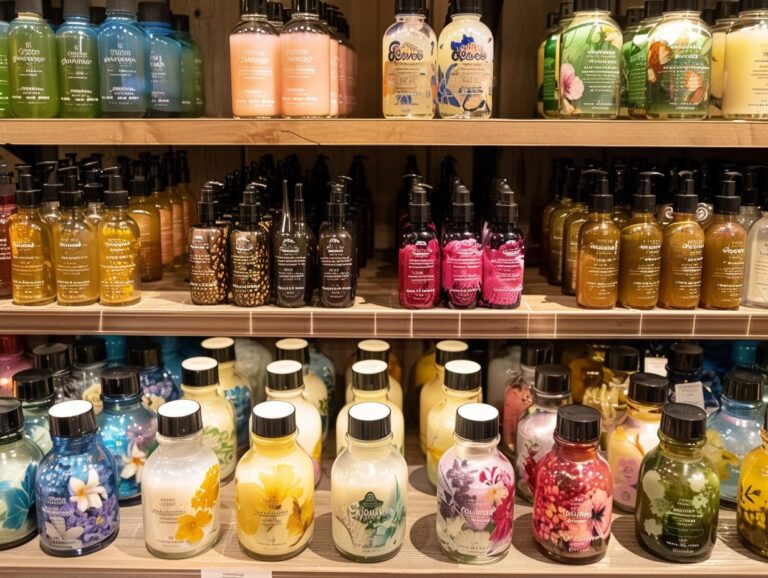
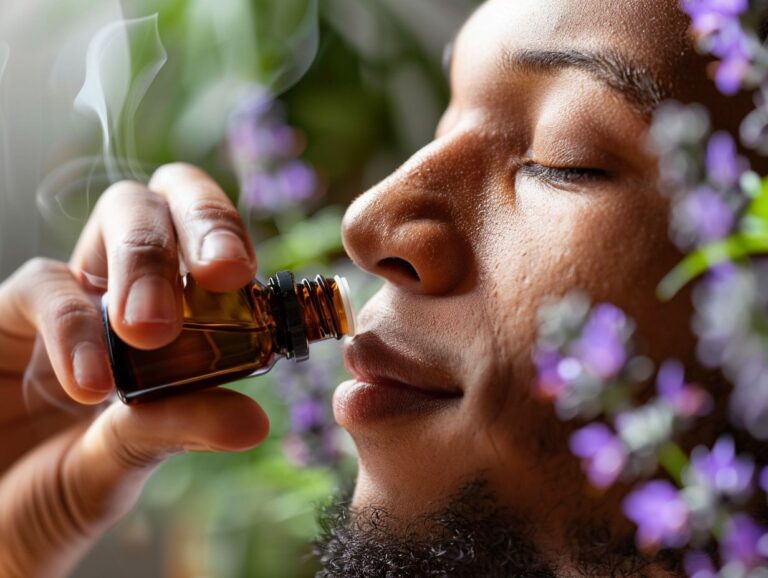
3 Comments